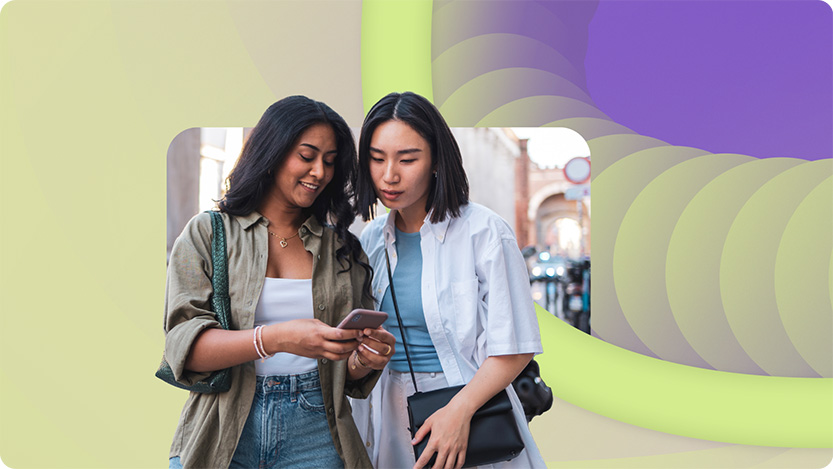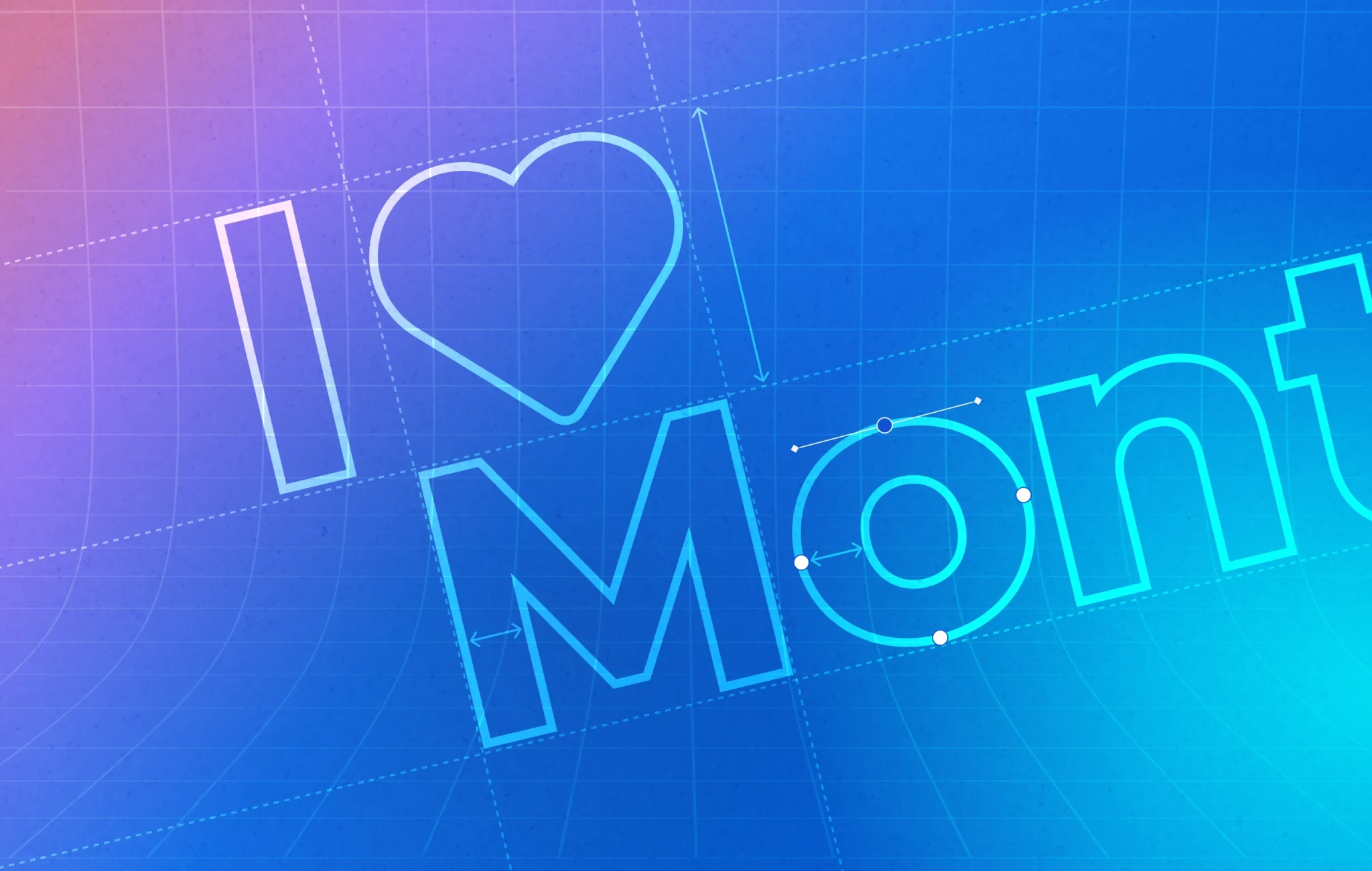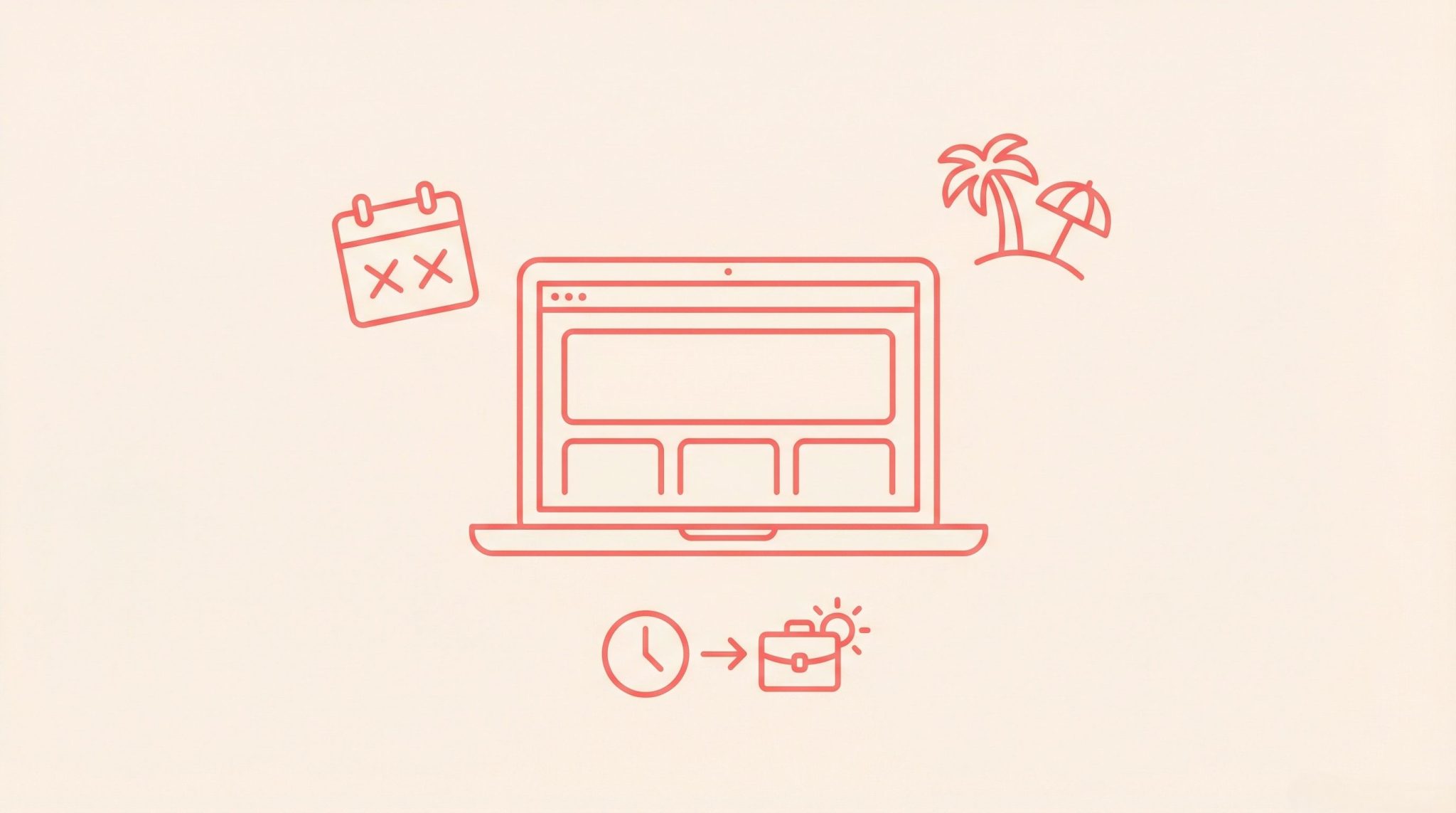As AI adoption accelerates across digital marketing, Microsoft Advertising has evolved its platform to help marketers achieve better results through intelligent automation and expanded reach. Here’s what Sydney marketers need to know about leveraging Microsoft’s advertising ecosystem effectively.
The AI Adoption Explosion: 4 Billion Users and Counting
Microsoft’s Adam Goodman opened with a staggering statistic: over 4 billion people now use AI products and services daily or weekly. This represents the fastest technology adoption in human history, surpassing even the internet and mobile phone revolutions. For marketers, this isn’t just an interesting fact — it’s a fundamental shift in how consumers interact with technology and make purchasing decisions.
The integration of AI across Microsoft’s ecosystem — from Office to Xbox, from Bing to LinkedIn — means AI isn’t confined to tech-savvy early adopters. It’s everywhere your customers are, fundamentally changing how they search, shop, and make decisions.
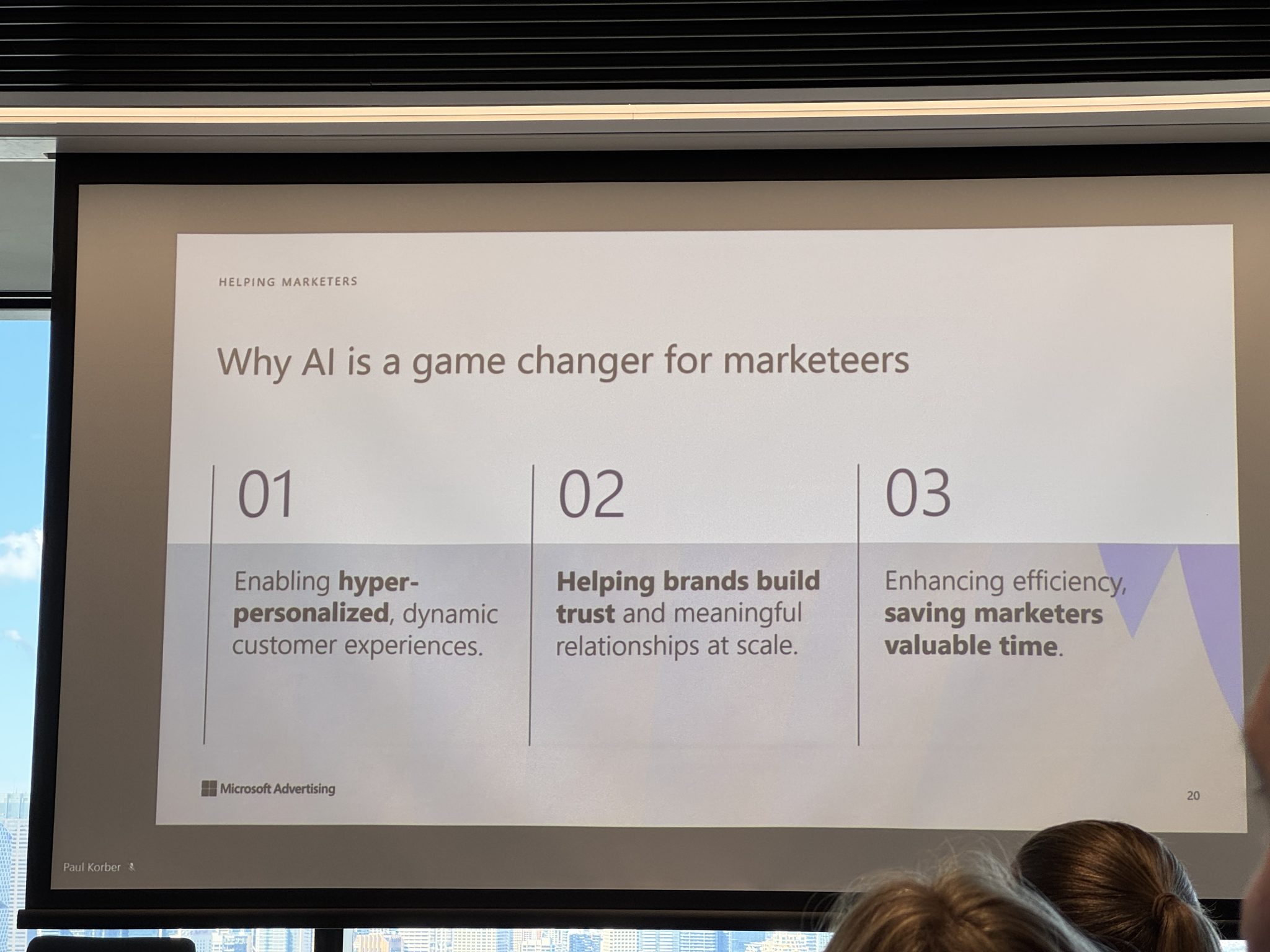
Six Game-Changing Copilot Features Available Today (For Free)
While many businesses are still wondering how to start with AI, Microsoft has already made powerful tools accessible to everyone:
Deep Research transforms market analysis completely. Input a prompt about launching a new product or entering a new market, and within 35 minutes, you receive a comprehensive report with visuals, graphs, data sources, and citations. What traditionally took weeks of research now happens during a coffee break.
Vision acts as your digital companion, seeing what you see on screen and providing real-time assistance. Whether learning new software or comparing products online, it’s like having an expert looking over your shoulder.
Podcasts converts any topic into a conversational audio format, perfect for absorbing complex information. Need to understand agentic commerce before a client meeting? Generate a 7-minute podcast and listen during your commute.
The remaining features — Pages for content curation, Shopping for price tracking, and advanced Image generation — each address specific pain points in the modern marketer’s workflow.
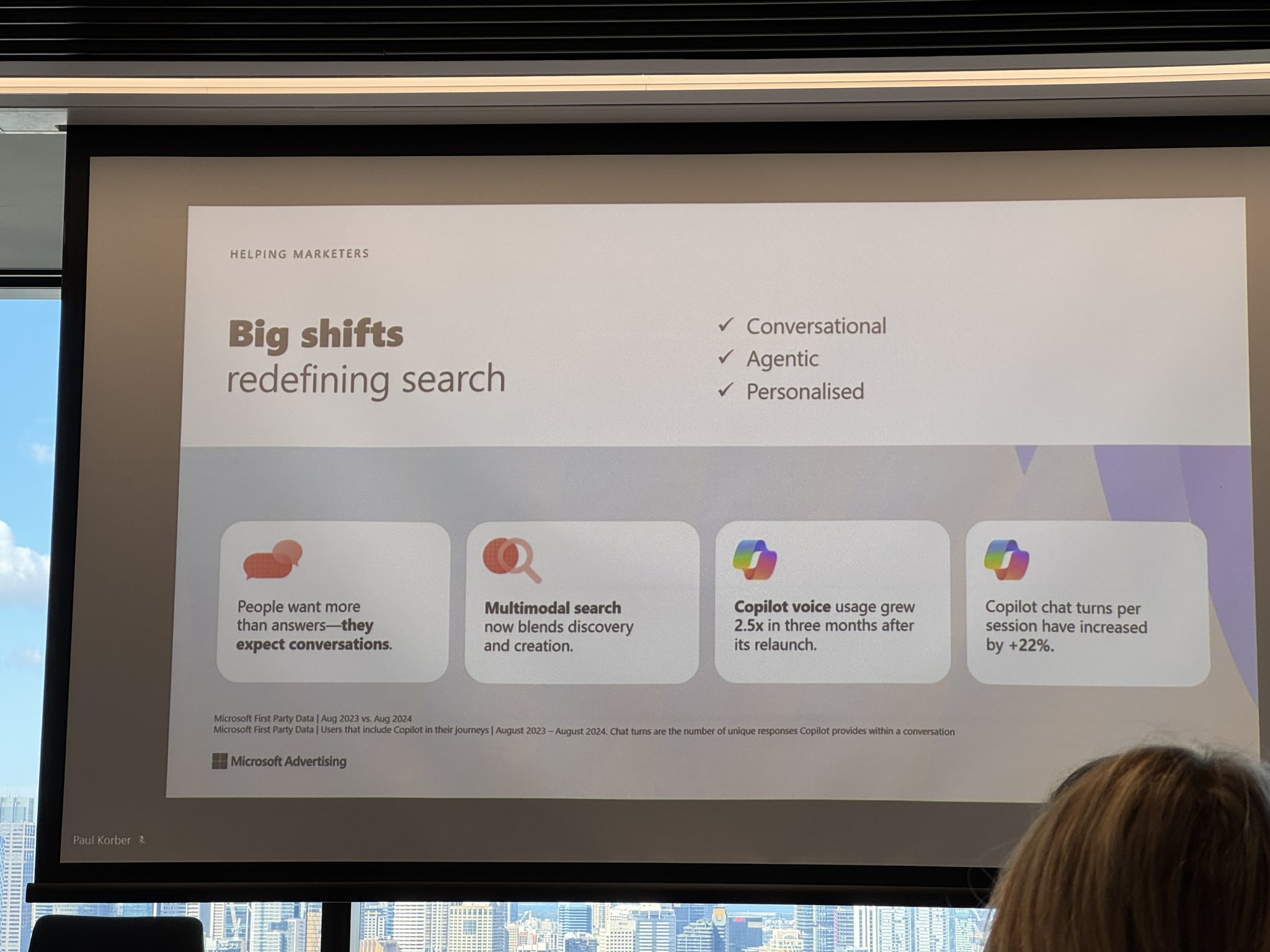
The Condensed Consumer Journey: 40% Shorter and Counting
Perhaps the most significant revelation was how dramatically AI has compressed the traditional marketing funnel. Consumers now make purchase decisions 40% faster than before, often in seconds rather than weeks. The implications for marketers are profound:
Traditional linear customer journeys are obsolete. Today’s consumers expect full conversations with AI, not just keyword searches. They want immediate, comprehensive answers that help them make decisions instantly. This shift demands a complete rethink of how we structure campaigns and content.
Multi-modal interactions are now standard. Customers seamlessly move between text, voice, and visual searches. They might start with a voice query, refine with text, and confirm with image search — all within the same session.
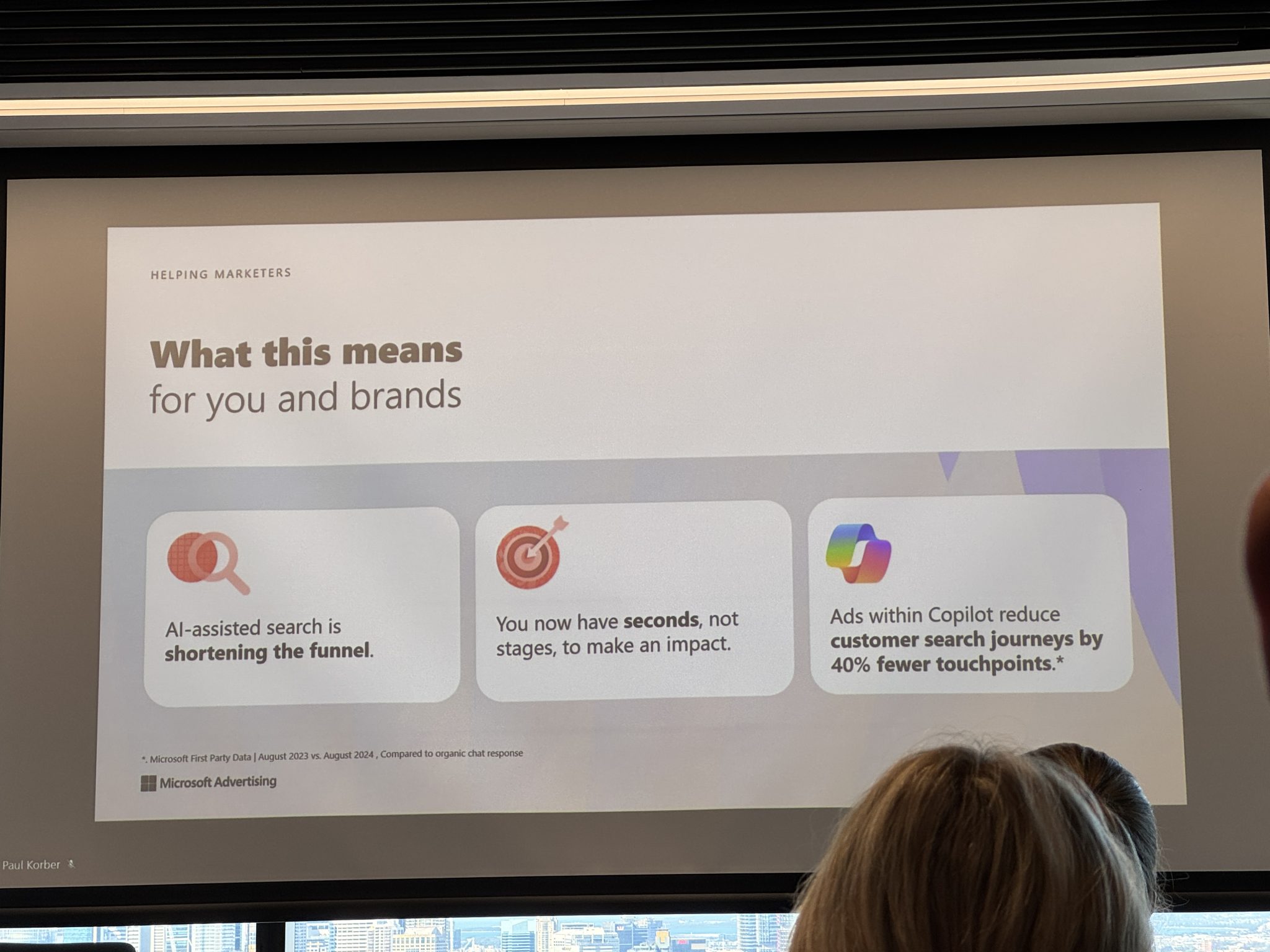
Performance Max: The Numbers That Matter
Kenji’s presentation on Performance Max (PMAX) campaigns delivered concrete evidence of AI-driven performance improvements:
- Retailers combining PMAX with search campaigns see significantly better return on ad spend
- B2B companies achieve notably lower cost per acquisition when running PMAX alongside search
- The synergistic effect is remarkable: running PMAX with audience ads delivers almost triple the conversion rate
Critically, PMAX isn’t just another campaign type — it’s AI-powered optimisation across Microsoft’s entire network, including placements many marketers overlook: MSN (still the world’s number one news site), Edge browser, Outlook, and even Xbox.
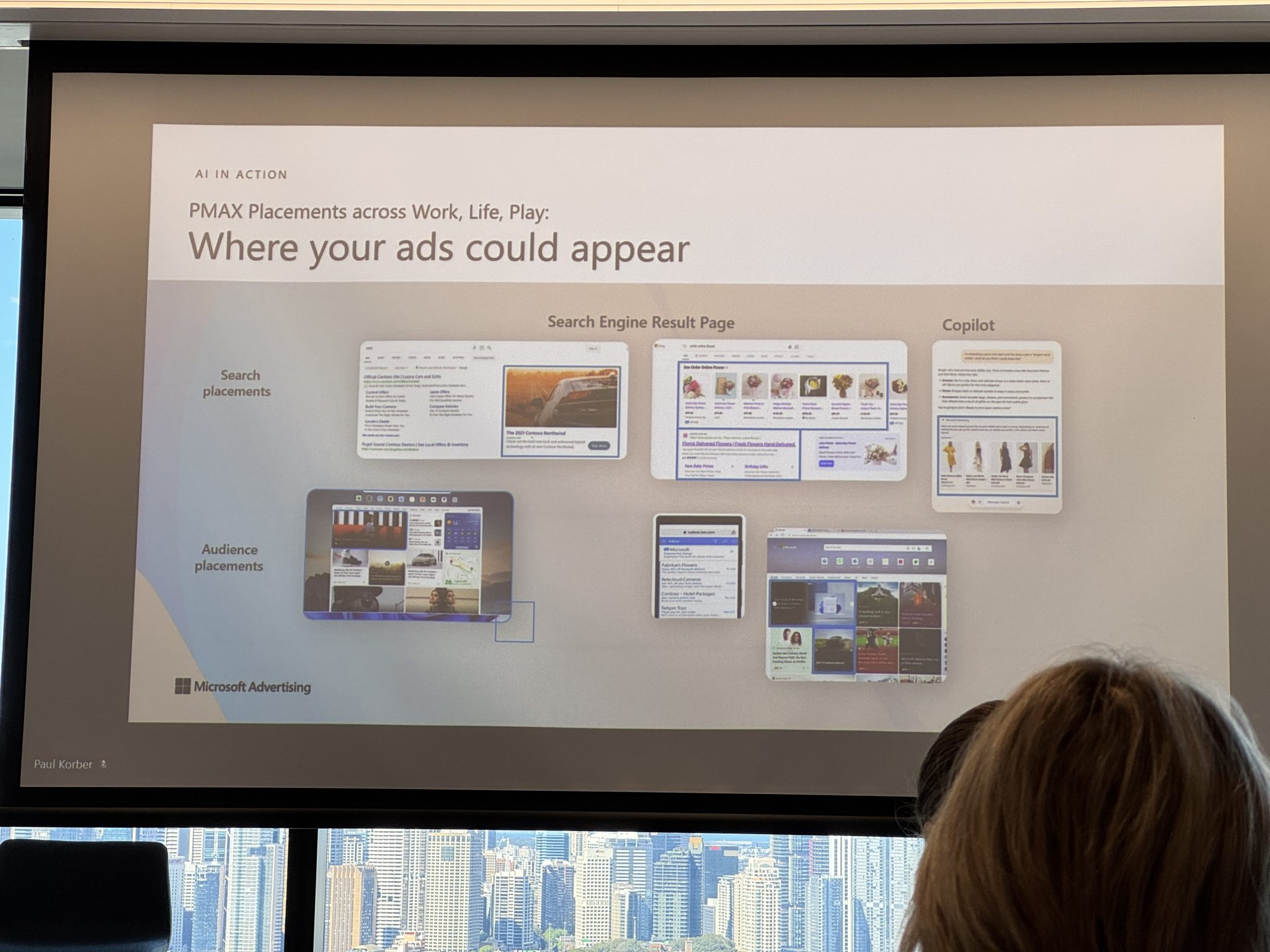
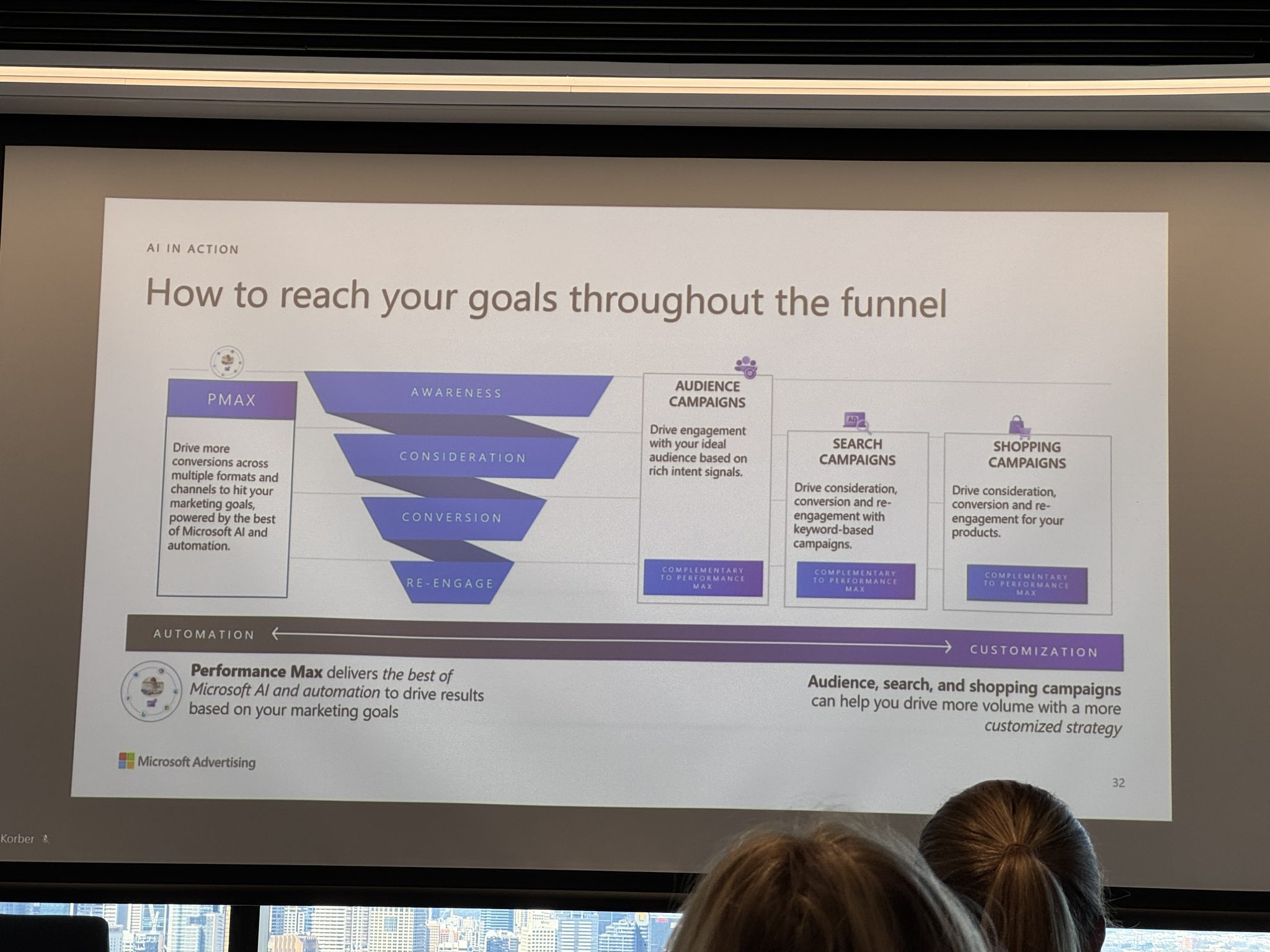
October Is the New November: Holiday Campaign Insights
Somya’s retail data analysis revealed crucial timing insights for holiday campaigns:
- October drives 39% of November conversions
- October drives 25% of December conversions
- Yet only 7% of holiday season conversions happen during the traditional “Cyber Five” days
The message is clear: successful holiday campaigns must start in early October, not November. Brands that wait for Black Friday have already missed capturing a significant portion of their potential customers who begin browsing and researching months in advance.
Small and medium retailers now account for 55% of retail advertising on Microsoft’s platform — up from just 22% two years ago. This democratisation of digital advertising means smaller brands can compete effectively if they understand and leverage these timing insights.
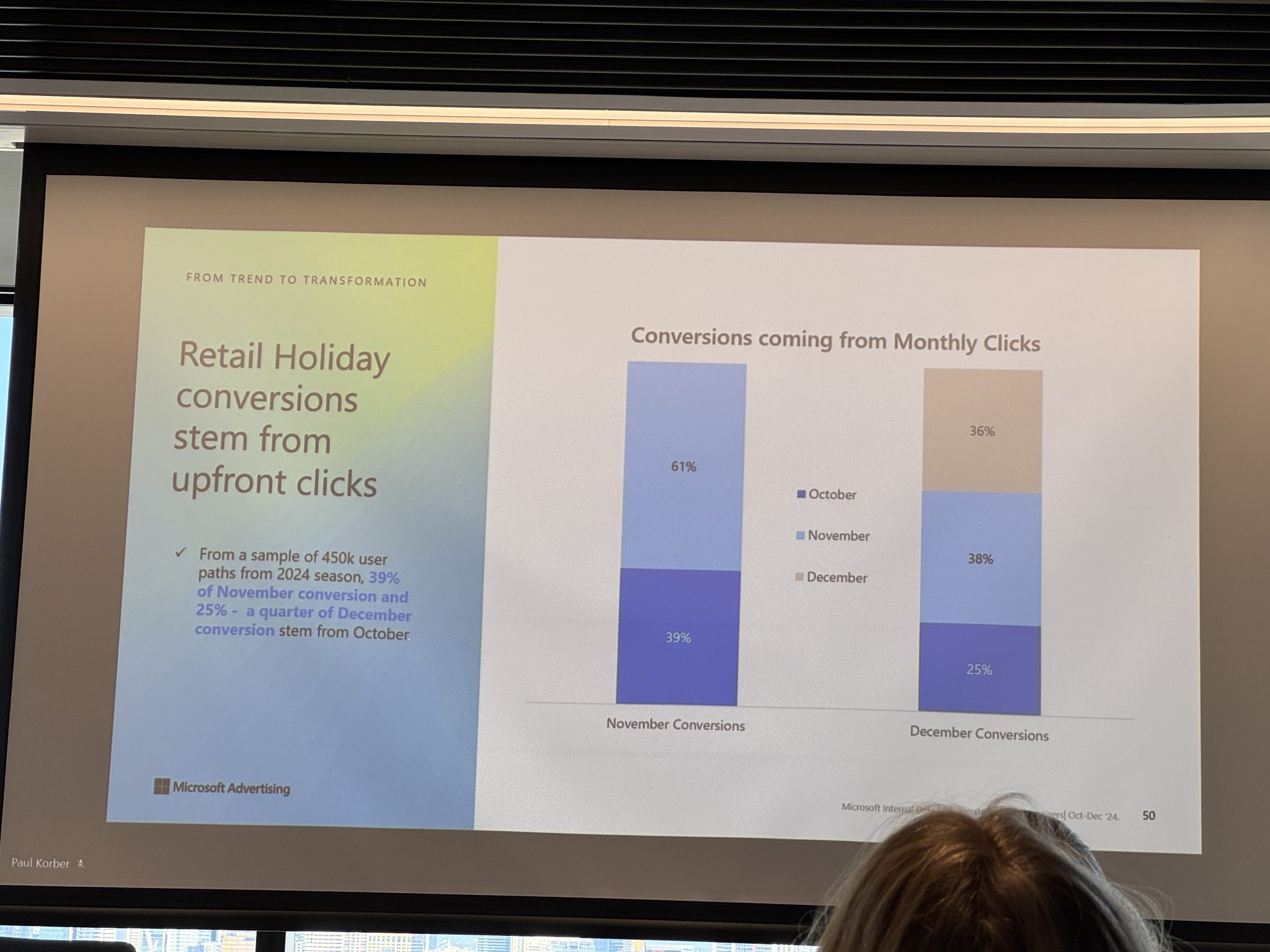
The LinkedIn Integration Advantage
One of Microsoft’s unique advantages is the integration of LinkedIn audience signals into Microsoft Advertising. For B2B marketers, this is transformative. You can now target based on professional criteria across the entire Microsoft ecosystem — reaching decision-makers not just on LinkedIn, but as they browse news on MSN, check email in Outlook, or search on Bing.
This integration addresses a long-standing challenge in B2B marketing: reaching professionals in different contexts throughout their day, not just when they’re in “work mode” on LinkedIn.
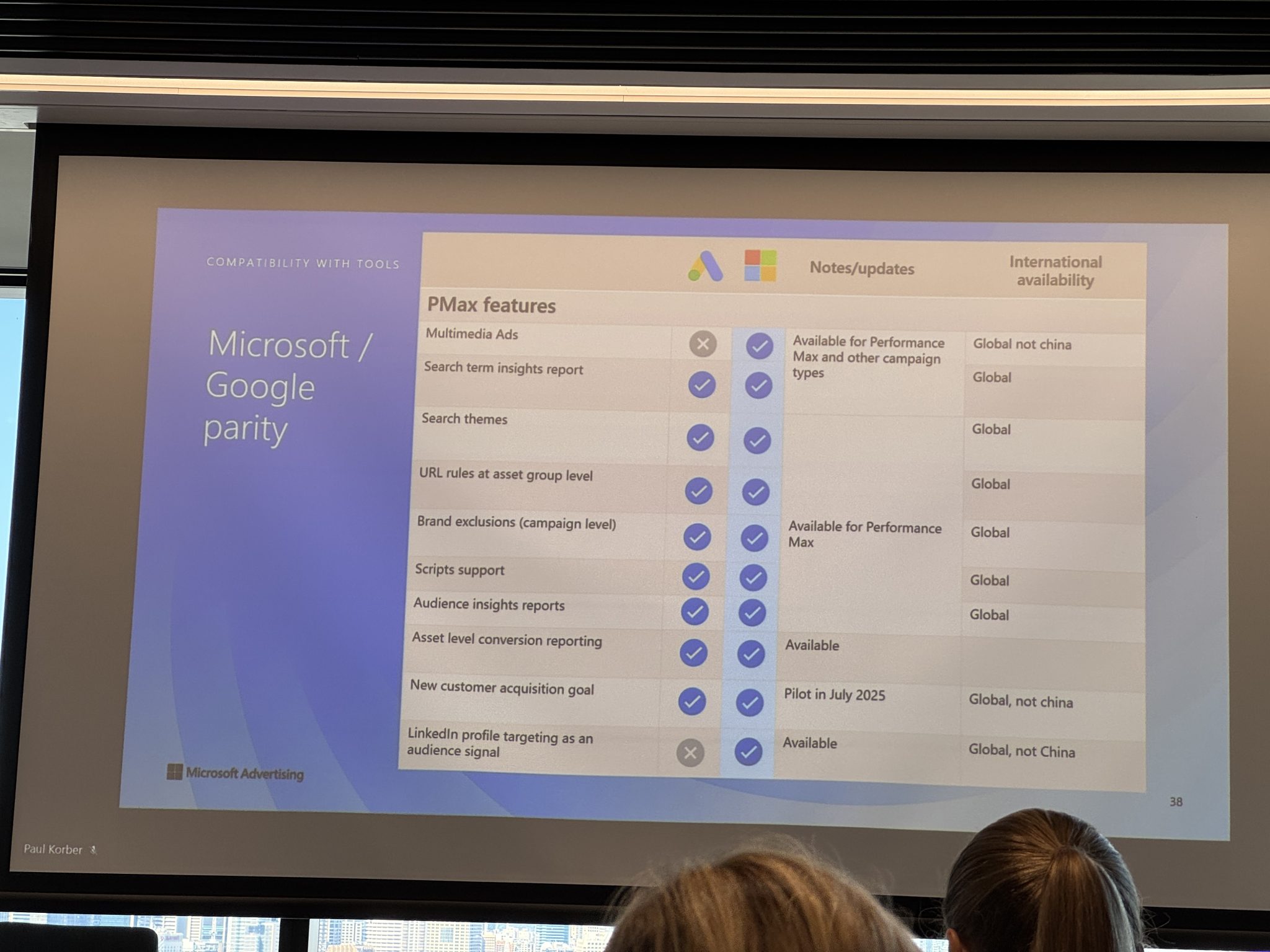
What This Means for Australian Marketers
The Australian market is experiencing unique dynamics. After three flat years, retail sales are recovering, with online sales growing consistently. Microsoft’s search market share in Australia has reached 25% — one in four searches — up from 15-16% just three years ago.
For Australian marketers, this presents both opportunity and urgency. The opportunity lies in less competitive advertising environments with sophisticated AI tools. The urgency comes from rapidly changing consumer behaviours that demand immediate adaptation.
The Bottom Line: AI as Amplifier, Not Replacement
The overarching message from the summit was clear: AI isn’t replacing marketers; it’s amplifying their capabilities. The successful marketers of tomorrow won’t be those who resist AI, but those who embrace it as a tool for enhancing creativity, productivity, and performance.
As Microsoft’s Mustafa Suleyman emphasises, the focus is on making AI helpful, supportive, and assistive throughout daily life. For marketers, this means tools that handle the heavy lifting of data analysis, content generation, and campaign optimisation, freeing human creativity for strategy and innovation.
Moving Forward
The insights from this summit aren’t theoretical — they’re practical strategies being implemented by successful brands today. Whether you’re preparing for the holiday season, launching a new product, or simply trying to improve campaign performance, these AI-powered approaches offer immediate, measurable benefits.
The question isn’t whether to adopt AI in your marketing strategy, but how quickly you can implement these tools to stay competitive in an rapidly evolving landscape.
Spark Interact is committed to staying at the forefront of marketing innovation. Contact us to discover how we’re applying these insights to deliver exceptional results for Sydney businesses.

